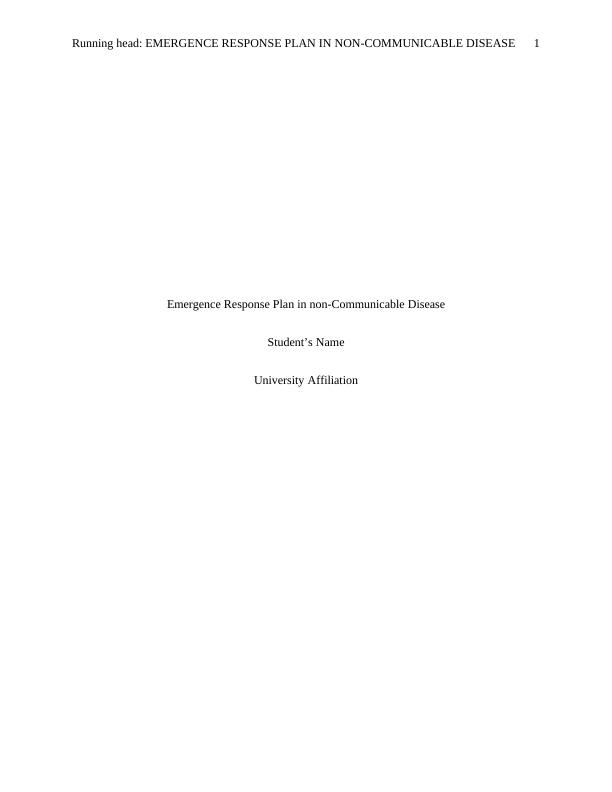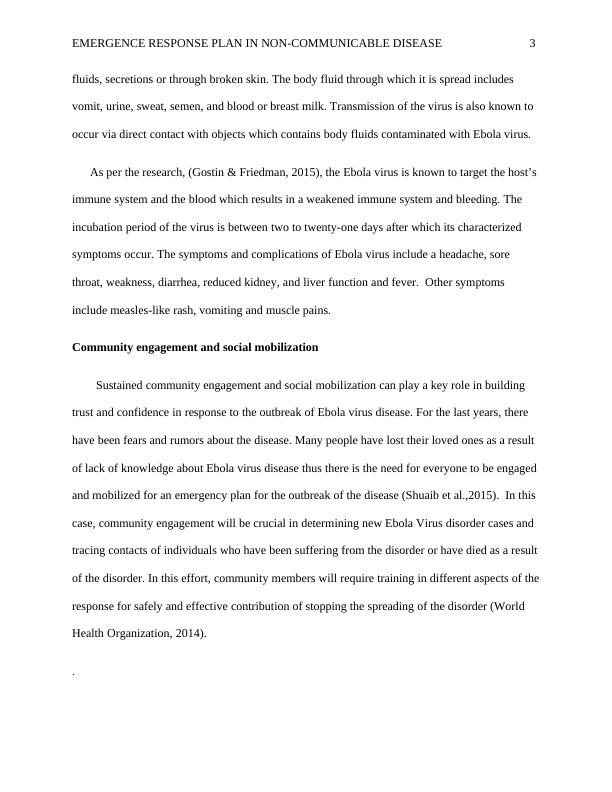PUBH6006: Community Health And Disease Prevention
9 Pages2347 Words71 Views
Laureate International Universities
Community Health And Disease Prevention (PUBH6006)
Added on 2021-12-06
PUBH6006: Community Health And Disease Prevention
Laureate International Universities
Community Health And Disease Prevention (PUBH6006)
Added on 2021-12-06
ShareRelated Documents
End of preview
Want to access all the pages? Upload your documents or become a member.
Essay on Ebola Outbreak Prevention
|14
|4066
|199
Ebola Outbreak: Source, Transmission, Vaccination, and Control
|9
|2450
|78
Ebola Virus Disease: Source, Transmission, Vaccination and Public Health Management
|11
|2971
|304
Ebola: Source, Transmission, and Vaccination Development
|11
|3374
|86
Assignment Communicable Diseases Nursing
|17
|3921
|44
Ebola Virus: Transmission, Symptoms, Diagnosis, Treatment and Prevention
|14
|4417
|111



